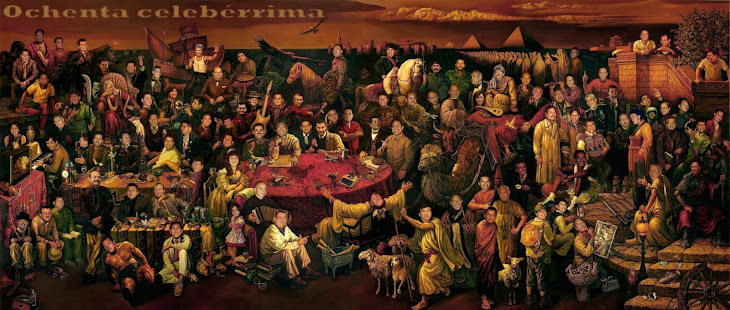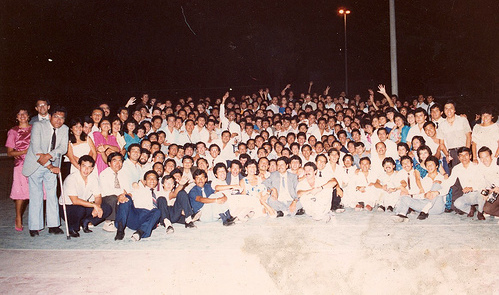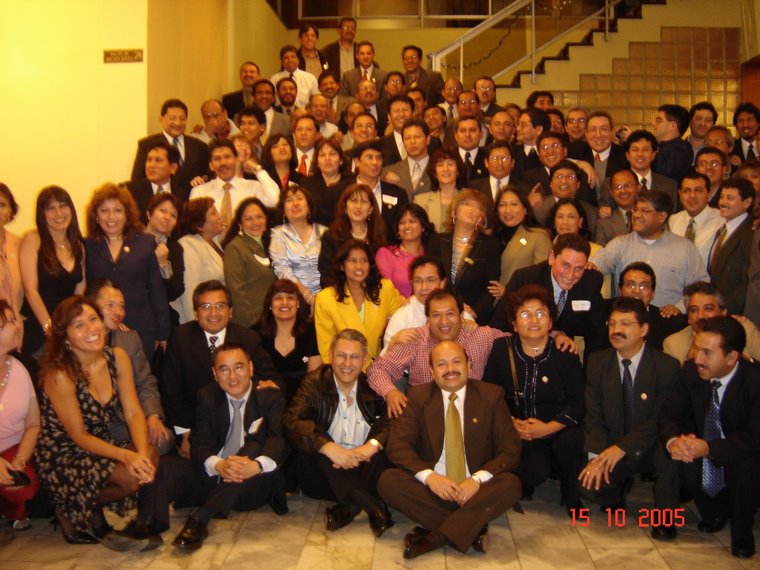MDR-TB
Doctors in Peru battle increasingly drug-resistant TB
By Francine UenumaTuesday, March 2, 2010; 10:27 AM
LIMA, PERU -- Norma Muñoz knew little about tuberculosis until her family caught it. By the time her husband was diagnosed with a more virulent form of the disease, she was too sick to take care of him.
"He died three days after he was hospitalized," she tearfully recalled.
Muñoz lives in a poor area north of Lima that has been hit hard by the disease. Residents here live close together in makeshift homes carved into the rocky hillside. Her story is common: One family member comes down with the illness and spreads it to the rest.
Though mostly eradicated in the United States, tuberculosis poses a grave danger in poor areas around the world, where the blights of poverty -- poor nutrition, limited access to medical care and crowding -- fuel its spread. But in areas where it has not been treated correctly, cases of multi-drug-resistant TB have become more potent.
"Incidence of disease absolutely follows the poverty map," said Carole Mitnick, a Harvard-based epidemiologist who works with the nonprofit group Socios en Salud in Peru. "You take central Lima, and rich and poor districts have inversely proportional incidence" of the disease.
In Peru, the government's adherence to one regimen of treatment in the 1980s worsened the disease's drug resistance. Then a sluggish response in the 1990s as cases mounted helped create a crisis.
Oswaldo Jave, who heads the national TB program, said that in the mid-1990s, the health ministry would not even acknowledge that multi-drug-resistant TB was developing. "The official voice said there is no MDR-TB in Peru, so we had to work practically in clandestine treatment in order to alleviate our patients," he said.
Today, many of the sick in the hillside neighborhoods near Lima are taken to Hospital Sergio Bernales, a modest facility in on the north side of the city that boasts an 85 percent cure rate.
Epifanio Sanchez, a pulmonologist there, has been working with MDR-TB patients since it was discovered in Peru. He estimated that he now sees 20 TB patients a day, a third of whom have MDR-TB.
If a patient is improperly diagnosed and treated with first-line TB drugs, they often develop multi-drug resistance, he said. "We see often that colleagues use treatment patterns that are too weak and therefore strengthen the resistance," Sanchez said.
Ángel Serrubio, who lived in the jungle town of Iquitos, said his condition was made far worse by inexperienced doctors, who gave him potent but erroneous medications that had painful side effects. He grew so sick that he told his friends he was planning to hang himself. But after being confined to bed for nine months, "I was not strong enough to commit suicide," he said.
Serrubio's sister took him to Lima, an arduous journey through the jungle, and he has since successfully completed a full course of treatment.
What is alarming on a larger, global scale, Mitnick said, is that the drugs needed to combat MDR-TB are slow to come to poor areas in part because drug companies lack a financial incentive to provide them.
"There is a perception it's not a disease where the victims can pay, unlike HIV, which has victims in North America and Europe who pay very, very high prices -- their insurance companies can -- that makes up for the inability of populations in poor countries to pay. But that option doesn't exist for TB," Mitnick said.
Because the treatment is so complex, it requires a multifaceted approach. "This disease requires health-system strengthening, not just getting drugs in the patients' mouths," Mitnick said. Treatment "is extremely toxic and extremely long, and people really need to be supported through it."
At Hospital Sergio Bernales, the influx of patients strains the resources available, even with help from the government and private groups.
One of Sanchez's patients, 21 year-old Pilar Baldeón, had been sick with MDR-TB. She endured 16 months of treatment but returned to the hospital, struggling with low weight, heart problems and weakened kidneys. Her legs were swollen from the build-up of fluids.
Sanchez wanted to admit her to the hospital, but it lacked the space in a ward where she wouldn't be exposed to active cases and possibly reinfected.
He gave her medicine and sent her home, up a steep hill in Carabayllo where she lived with her father and siblings. Baldeón later died of respiratory failure.
Uenuma, a senior news video editor at The Washington Post, reported with the support of the International Reporting Project, an independent nonprofit journalism program based in Washington that provides grants to U.S. journalists to report overseas.
ver video
This page was sent to you by: yanez_b@yahoo.es
viernes, marzo 19, 2010
Suscribirse a:
Comentarios de la entrada (Atom)













No hay comentarios.:
Publicar un comentario